The life, times and buildings of Sir Edwin Lutyens
A look at the career of Sir Edwin Landseer Lutyens, one of the great British architects of the 20th century, and a man whose career had marked impact on Country Life.
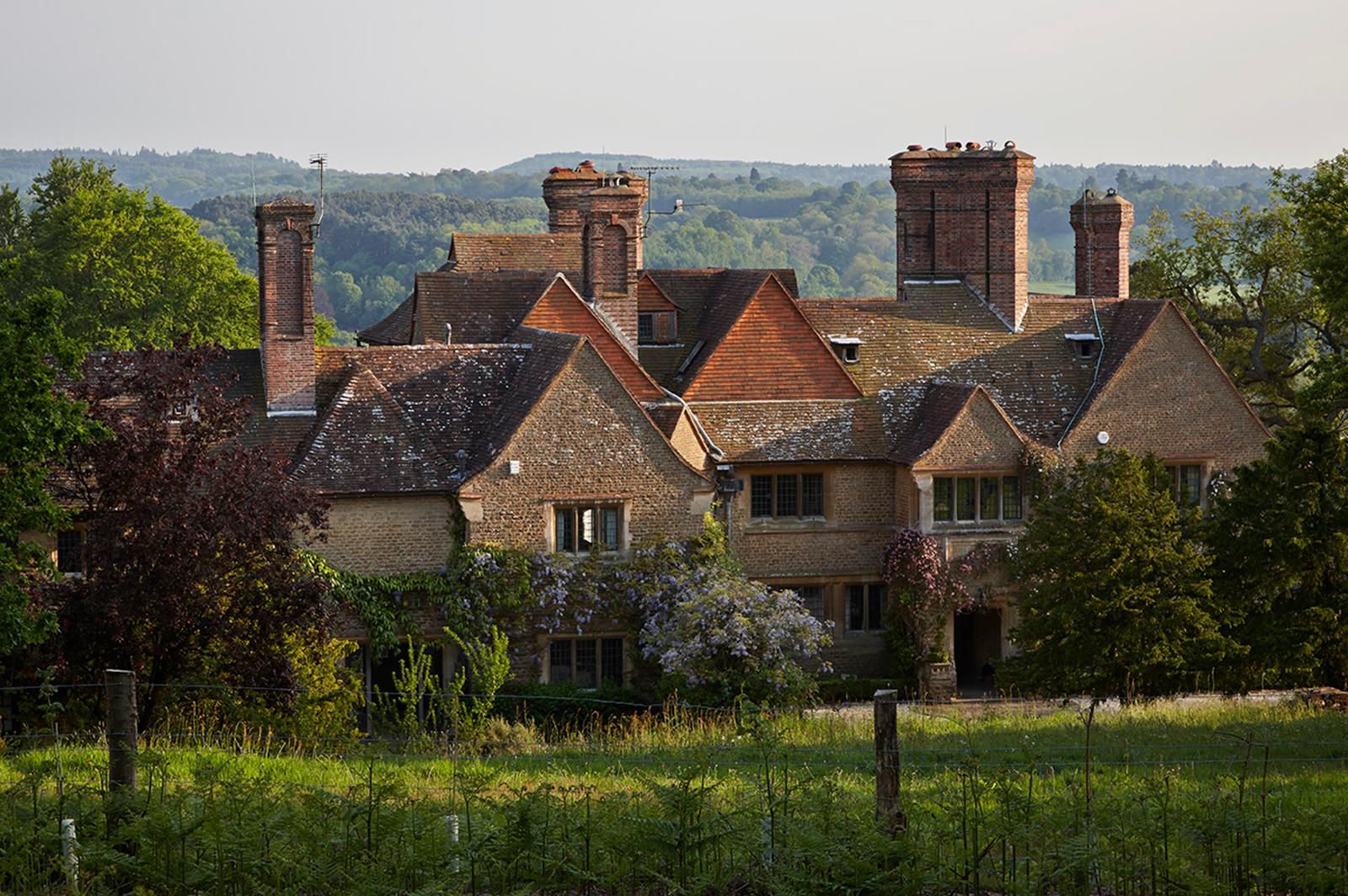

Every Tuesday afternoon, we delve in to the peerless Country Life architecture archive to bring you an interesting story from the past — today, it's a profile of Sir Edwin Landseer Lutyens, first published in a series called 'Great British Architects', back in 2008.
Lutyens is among the most celebrated architects of the 20th century. His career was intimately bound up with the early history of Country Life, and involved him in work across Britain and the globe, from Washington to New Delhi.
He undertook an extraordinary variety of commissions, including a cathedral, an Oxford college, a home for the Viceroy of India, and even council flats. These buildings were executed in a wide variety of architectural idioms, which reflect his outstanding versatility. In artistic terms, they are characterised by an Arts-and-Crafts inspired interest in materials and the brilliant handling of volumes and planes.
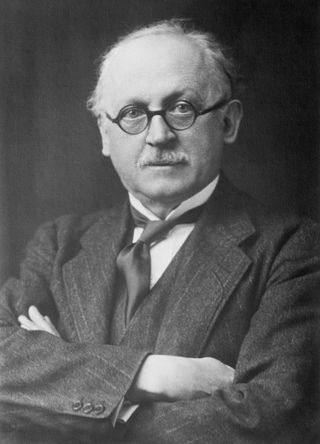
Lutyens was born in London, a sickly child from a large family of 13 children. On account of his health, he was partly brought up in Surrey. Here, he roamed the countryside, and, in visits to a local builder’s yard, learnt about the traditional building techniques that were to inform his architecture.
He also learnt to draw using pieces of soap on glass to capture buildings and details. After a short period in art school, he became a pupil in the office of the architects Ernest George and Peto in London.
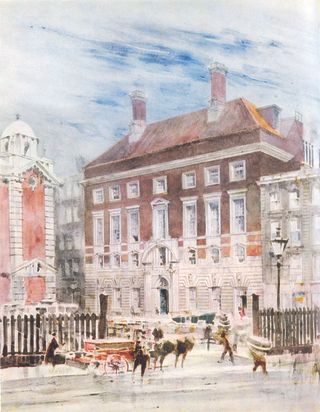
It was here that he became friends (although they later bitterly fell out) with his celebrated architectural contemporary Herbert Baker (the designer of the Bank of England). On the strength of a commission by a family friend to design a house at Crooksbury, near Farnham in Surrey, Lutyens set up in practice by himself in 1889.
In the same year, he met the gardener and writer Gertrude Jekyll. Her skills as a plantswoman combined with Lutyens’ skill as a designer brought about a remarkable partnership in the design of his country-house gardens.
Sign up for the Country Life Newsletter
Exquisite houses, the beauty of Nature, and how to get the most from your life, straight to your inbox.
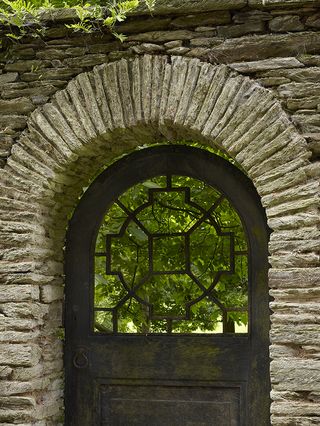
New Delhi and Midland Bank
In 1913, Lutyens was of sufficient stature to be appointed architect to the new Imperial capital of British India at New Delhi. The First World War interrupted this latter undertaking (which was eventually brought to completion in 1931), but subsequently involved him in perhaps his greatest works: the monuments to the dead. The most important of these, such as the Cenotaph and the Thiepval Arch, are works of severe abstract Classicism.
In the 1920s and 1930s, the scale of Lutyens’ country-house work diminished. It was in this period that he produced the designs for several commercial buildings, notably the Midland Bank in Manchester (1933–35) and the bank’s head office in the city of London (1921–39). He died on January 1, 1944.
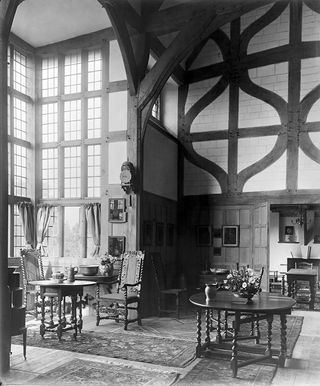
The Cenotaph, Whitehall
In July 1919, Lloyd George invited Lutyens to design a temporary catafalque for the peace celebrations in London. Lutyens said that he would create a cenotaph, which he built in timber.
With its subtle massing and recessions of plane, it is one of his most brilliant monuments, and was afterwards remade in stone. The Cenotaph is far more complex than it seems, every line being minutely curved so that they all appear true to the eye.
Bringing the quintessential English rural idle to life via interiors, food and drink, property and more Country Life’s travel content offers a window into the stunning scenery, imposing stately homes and quaint villages which make the UK’s countryside some of the most visited in the world.
-
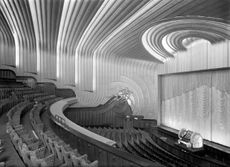 Seven of the UKs best Art Deco cinemas that help remind us of what we have (wrongly) long stopped expecting from public buildings
Seven of the UKs best Art Deco cinemas that help remind us of what we have (wrongly) long stopped expecting from public buildingsFrom the birthplace of modern cinema, to the home of the largest Wurlitzer theatre pipe organ in Europe, the UK’s remaining Art Deco cinemas are flourishing. Here are seven of the best.
By Amie Elizabeth White Published
-
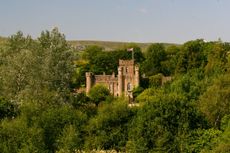 A fairytale castle peeking above the treetops of Cumbria is for sale at just £2 million
A fairytale castle peeking above the treetops of Cumbria is for sale at just £2 millionAugill Castle has a wonderful backstory and a lifestyle business attached. .Annunciata Elwes tells more.
By Annunciata Elwes Published